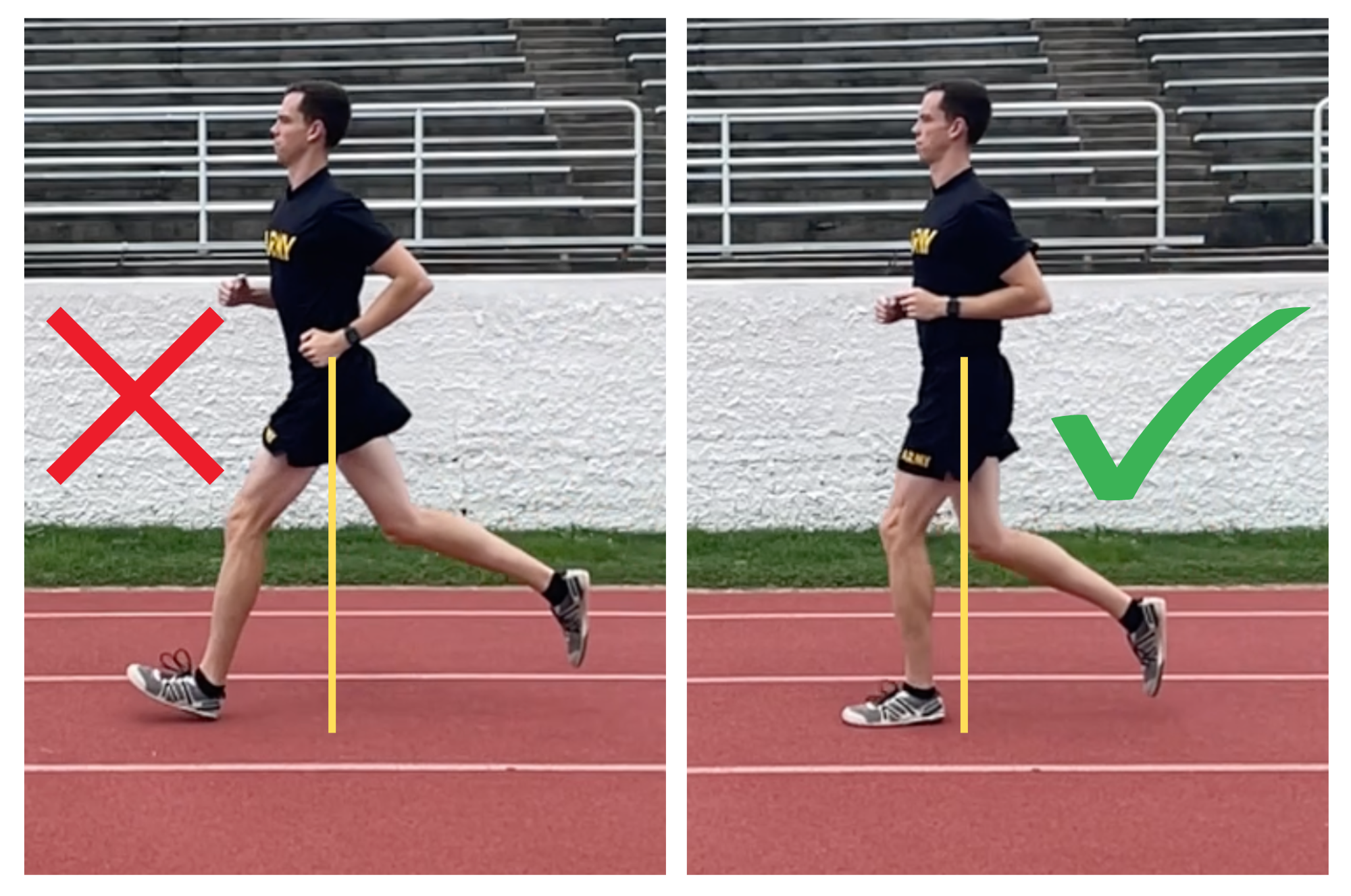➤ How to immediately decrease pain while running
➤ How to decrease pain while running
➤ How to decrease pain while running
➤ How to decrease your risk of ankle, knee, hip, and low back arthritis caused by years of high volume run training
➤ How to improve your run performance
➤ How to decrease your risk of ankle, knee, hip, and low back arthritis caused by years of high volume run training
➤ How to decrease pain while running
➤ How to decrease your risk of ankle, knee, hip, and low back arthritis caused by years of high volume run training
➤ How to improve your run performance
➤ How to improve your run performance
➤ How to decrease pain while running
➤ How to decrease pain while running
➤ How to decrease pain while running
➤ How to decrease your risk of ankle, knee, hip, and low back arthritis caused by years of high volume run training
➤ How to improve your run performance
➤ How to decrease your risk of ankle, knee, hip, and low back arthritis caused by years of high volume run training
➤ How to decrease pain while running
➤ How to decrease your risk of ankle, knee, hip, and low back arthritis caused by years of high volume run training
➤ How to improve your run performance
➤ How to improve your run performance
➤ How to decrease your risk of ankle, knee, hip, and low back arthritis caused by years of high volume run training
➤ How to decrease pain while running
➤ How to decrease pain while running
➤ How to decrease your risk of ankle, knee, hip, and low back arthritis caused by years of high volume run training
➤ How to improve your run performance
➤ How to decrease your risk of ankle, knee, hip, and low back arthritis caused by years of high volume run training
➤ How to decrease pain while running
➤ How to decrease your risk of ankle, knee, hip, and low back arthritis caused by years of high volume run training
➤ How to improve your run performance
➤ How to improve your run performance
➤ How to improve your run performance
➤ How to decrease pain while running
➤ How to decrease pain while running
➤ How to decrease your risk of ankle, knee, hip, and low back arthritis caused by years of high volume run training
➤ How to improve your run performance
➤ How to decrease your risk of ankle, knee, hip, and low back arthritis caused by years of high volume run training
➤ How to decrease pain while running
➤ How to decrease your risk of ankle, knee, hip, and low back arthritis caused by years of high volume run training
➤ How to improve your run performance
➤ How to improve your run performance
➤ How to decrease your risk of developing running-related ankle, knee, hip, and low back arthritis
➤ How to decrease pain while running
➤ How to decrease pain while running
➤ How to decrease your risk of ankle, knee, hip, and low back arthritis caused by years of high volume run training
➤ How to improve your run performance
➤ How to decrease your risk of ankle, knee, hip, and low back arthritis caused by years of high volume run training
➤ How to decrease pain while running
➤ How to decrease your risk of ankle, knee, hip, and low back arthritis caused by years of high volume run training
➤ How to improve your run performance
➤ How to improve your run performance
➤ How to decrease pain while running
➤ How to decrease pain while running
➤ How to decrease pain while running
➤ How to decrease your risk of ankle, knee, hip, and low back arthritis caused by years of high volume run training
➤ How to improve your run performance
➤ How to decrease your risk of ankle, knee, hip, and low back arthritis caused by years of high volume run training
➤ How to decrease pain while running
➤ How to decrease your risk of ankle, knee, hip, and low back arthritis caused by years of high volume run training
➤ How to improve your run performance
➤ How to improve your run performance
➤ How to decrease your risk of ankle, knee, hip, and low back arthritis caused by years of high volume run training
➤ How to decrease pain while running
➤ How to decrease pain while running
➤ How to decrease your risk of ankle, knee, hip, and low back arthritis caused by years of high volume run training
➤ How to improve your run performance
➤ How to decrease your risk of ankle, knee, hip, and low back arthritis caused by years of high volume run training
➤ How to decrease pain while running
➤ How to decrease your risk of ankle, knee, hip, and low back arthritis caused by years of high volume run training
➤ How to improve your run performance
➤ How to improve your run performance
➤ How to improve your run performance
➤ How to decrease pain while running
➤ How to decrease pain while running
➤ How to decrease your risk of ankle, knee, hip, and low back arthritis caused by years of high volume run training
➤ How to improve your run performance
➤ How to decrease your risk of ankle, knee, hip, and low back arthritis caused by years of high volume run training
➤ How to decrease pain while running
➤ How to decrease your risk of ankle, knee, hip, and low back arthritis caused by years of high volume run training
➤ How to improve your run performance
➤ How to improve your run performance
➤ How to improve your run performance


